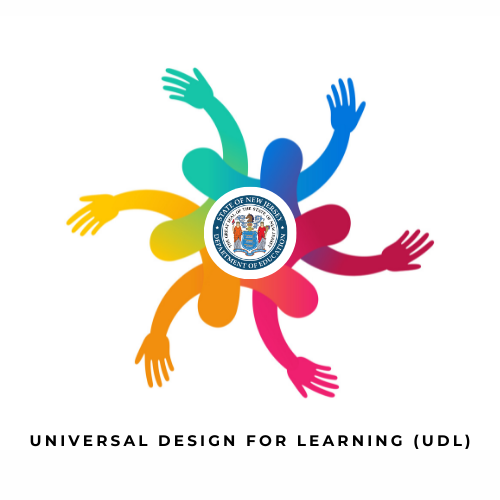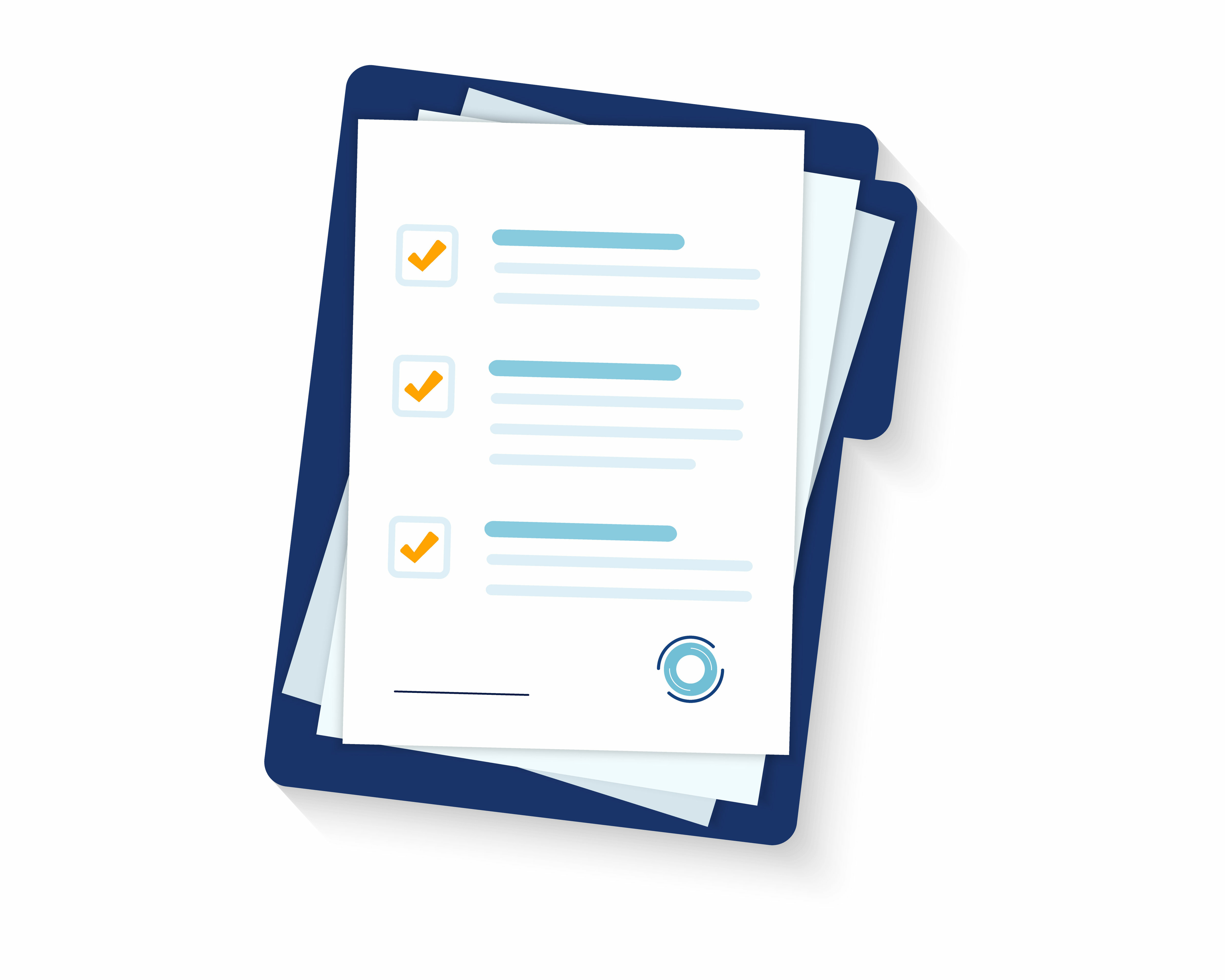Assistive Technology
 Children with disabilities have the right to participate in everyday activities with their typically developing peers. The appropriate use of assistive technology (AT) in the classroom or playgroup, at home, and in the community supports natural learning opportunities and the successful inclusion of infants, toddlers and young children with disabilities in the full array of services and settings that are available to all young children.
Children with disabilities have the right to participate in everyday activities with their typically developing peers. The appropriate use of assistive technology (AT) in the classroom or playgroup, at home, and in the community supports natural learning opportunities and the successful inclusion of infants, toddlers and young children with disabilities in the full array of services and settings that are available to all young children.
An assistive technology service is defined by IDEA 2004 as "any service that directly assists a child with a disability in the selection, acquisition, or use of an assistive technology device." (§1401(2)). The term includes:
- the evaluation of the needs of such child, including a functional evaluation of the child in the child's customary environment;
- purchasing, leasing, or otherwise providing for the acquisition of assistive technology devices by such child;
- selecting, designing, fitting, customizing, adapting, applying, maintaining, repairing, or replacing assistive technology devices;
- coordinating and using other therapies, interventions, or services with assistive technology devices, such as those associated with existing education and rehabilitation plans and programs;
- training or technical assistance for such child, or, where appropriate, the family of such child; and
- training or technical assistance for professionals (including individuals providing education and rehabilitation services), employers, or other individuals who provide services to, employ, or are otherwise substantially involved in the major life functions of such child.
For any additional assistance or questions, please contact, Office of Special Education by email at OSEinfo@doe.nj.gov.
The Individuals with Disabilities Education Act (IDEA, 2004) defines assistive technology (AT) as "any item, piece of equipment, or product system, whether acquired commercially off the shelf, modified, or customized, that is used to increase, maintain, or improve the functional capabilities of a child with a disability. The term does not include a medical device that is surgically implanted or the replacement of such device."
This broad definition includes various items considered assistive technology devices and services. A simple switch device for a student with a specific physical disability to a sophisticated augmentative communication (e.g., voice output) device for a severe speech impairment are both examples of assistive technology devices. Assistive listening devices and systems for students with hearing loss and screen reading software for visual, neurological, or cognitive impairments are also examples of assistive technology. A surgically implanted medical device, on the other hand, is not regarded as an assistive technology device (IDEA §1401(b)).
Assistive technology services are "any service that directly assists a child with a disability in selecting, acquiring, or using an assistive technology device. Evaluation; device purchase or leasing; developing, customizing, or adapting a device; maintaining, repairing, or replacing a device; coordinating or employing therapies with a device; and training or technical help for the student, family, or professionals are just a few of the services available."
Universal design is a concept that was first utilized in architecture to create buildings and materials accessible to people with disabilities. Curb cuts, ramps, and doors that open with a switch are all common features of universal design. Accessibility for learning environments and information technology has been included in this phrase.
IDEA uses a universal design definition from the Assistive Technology Act of 1998 (Section 3(17)). IDEA defines universal design as:
"a concept or philosophy for designing and delivering products and services that are usable by people with the widest possible range of functional capabilities, which include products and services that are directly accessible (without requiring assistive technologies) and products and services that are interoperable with assistive technologies."
Universal Design for Learning (UDL), is a framework that schools can use to identify products, services, and technology that can help them quickly adjust instructional materials to match a student's specific needs. For example, a teacher could use software to easily adjust the scale of digital text, provide text-to-speech tools so the content may be read aloud, provide tools to rearrange the text, and (depending on the application) open several text formats, such as DAISY, NIMAS, PDF, text, and web pages. These types of tools can address a wide range of accessibility issues.
A classroom or media center, for example, might contain a variety of books on core curriculum themes available in multiple reading levels, print or audio files, and standard and big print. Students can rapidly locate instructional resources that match their needs in this manner.
Furthermore, technology and digital media are crucial components of UDL because they provide teachers with the tools they need to provide various materials and resources. Students can, for example, change the font style and size, change the background color, add sound, have text read aloud, hyperlink to resources, output to a variety of peripherals, such as a Braille printer, and vary input by using alternate keyboards, voice recognition, or a switch when using a computer.
It's difficult to make materials accessible to learners who can't see them, manipulate them with their hands, or decode and comprehend the information written on them when lessons are prepared using a single type of classroom media, such as traditional paper and pencil worksheets, textbooks, and whiteboards. Although these static resources are valuable to many students in the learning environment, they can be a barrier to learning for some people with impairments.

Click on the icon above for more on the Universal Design for Learning (UDL).
Students with disabilities may require assistive technology devices and/or services to benefit and access their education. If determined by the Individualized Education Program (IEP) team to be necessary for the student, federal and state special education laws include assistive technology devices and/or services among the services that local education agencies must provide for a student with a disability at no cost to parents. These services may be necessary as part of special education, related services, or supplemental aids and services to allow students to learn in the least restrictive environment possible (LRE).
To the extent that assistive technology devices and/or services are required as part of special education, related services, or supplementary aids or services, a student's IEP must include a statement describing the full scope of devices (e.g., no, low, and high technology) and services (e.g., programming devices, back-up strategies, repairs and maintenance, training and technical assistance, and other relevant needs and considerations), as well as the cost of the devices and services(s). It is not permissible to make the provision of assistive technology equipment and/or services contingent on the approval of entities outside the IEP. Free appropriate public education regulations may also require that the student have the assistive technology device overnight, on weekends, and during holidays and summers, or that the student receive assistive technology services during those times.

Click on the icon above to access Tools for Developing Effective IEPs.
When assistive technology devices and services are specified in a student's IEP, it is the school district's responsibility (or charter school) to supply them as soon as possible. To deliver a free appropriate public education (FAPE) without interruption, school districts and charter schools are responsible for the continuing maintenance and rapid repair of assistive technology devices.
Local education agencies (LEAs) are also required under IDEA 2004 to guarantee that students with disabilities receive accessible instructional materials in accordance with the National Instructional Materials Accessibility Standard (NIMAS) at the same time as students without disabilities. Under Section 504 of the Rehabilitation Act, LEAs are also required to provide accessible resources. Assistive technology is used to ensure that materials are accessible.
Accessibility Compliance and Standards Resources
Federal Statutes and Regulations
- 20 U.S.C Section 1401(1)(2)
- 34 C.F.R. Sections 300.5 - 300.6
- 34 C.F.R. Section 300.105
- 34 C.F.R. Section 300.323(c)(1)
- 34 C.F.R. Section 300.324(a)(2)(v)
- 508 Legislation and Resources:
-
- Section 508 of the Rehabilitation Act
The Access Board developed accessibility standards for the various technologies covered by Section 508 and provides information, resources and technical assistance for implementing these standards.
- Section 508 of the Rehabilitation Act
-
- Federal Section 508 Web Site
A federal government interagency effort that offers information, technical assistance, training and resources to assist in the successful implementation of Section 508.
- Federal Section 508 Web Site
- DisabilityInfo.gov: Bringing Information on U.S. Federal Programs, Services, and Resources to Employers, Americans with Disabilities, and Their Families.
State Regulation
N.J.A.C. 6A:14, Special Education:
- Appendix F
- Appendix G
Statewide Resource
- Disability Rights New Jersey (DRNJ)
A consumer driven, non-profit organization that serves as New Jersey's designated protection and advocacy system for people with disabilities in the state of New Jersey. They work with individuals with disabilities and their families to protect and advance the rights of people with disabilities by providing information and referral along with a broad range of advocacy services, including legal representation.
Additionally, this agency's Assistive Technology Advocacy Center (ATAC) provides resources, information, and other AT services to support the needs of consumers.
- The Assistive Technology Center
Located at Advancing Opportunities provides workshops and trainings to help teachers, school personnel, parents and employers learn about what kinds of technology are available and how to implement them. They also have a device lending program, a visiting van program and other resources that support the use of assistive technology to support the learning needs of individuals with disabilities. - The Adaptive Technology Center
For New Jersey Colleges, located at The College of New Jersey, disseminates information on assistive technology, operates an adaptive technology lending program and provides outreach and training to faculty, staff and students at New Jersey colleges and universities.
Federal Statutes and Regulations
New Jersey Abilities Expo
A state level assistive technology conference that covers a range of assistive technology devices, informational sessions and networking opportunities
Regional Resources
- The Learning Resource Center Network (LRCs)
Learning Resource Centers (LRCs) are supported through the NJ Department of Education, Office of Special Education Programs and funded by IDEA 2004, Part B funds to provide services to parents and educators of children with disabilities ages 3 to 21 years. These services include current special education information; materials circulation services; consultation services; and a materials production center. The centers have an array of publications related to assistive technology in education. - Educational Technology Training Centers (ETTCs)
Educational Technology Training Centers are located in many of the state's 21 counties to serve as county-based resources that offer educators professional development opportunities in the area of technology. The ETTCs contain demonstration technology equipment and offer training programs that include those that assist teachers in implementing the Core Curriculum Content Standards. Six of the centers, listed below, have specific assistive technology training and resources.
*These tutorials and trainings are included to illustrate the range of available assistive technology trainings available; the inclusion of these links should not be construed as an official endorsement of these trainings by the New Jersey Department of Education
- CAST
A generous website with lots of tools and resources for parents and teachers. - The National Center to Improve Practice (NCIP)
An organization that promotes the effective use of technology to enhance educational outcomes for students with sensory, cognitive, physical, and social/emotional disabilities. - National Assistive Technology in Education Network (NATE Network)
A variety of assistive technology resources are listed here. While the list is certainly not exhaustive, we have attempted to provide a range of resources. They are arranged in the following categories: AT Assessment, AT Basic information, AT Consideration, AT Forms, AT in the IEP, AT and Learning Disabilities, AT Services, AT in Special Education Laws, AT Tools, AT Training, AT Transition, AT Tutorials, Adapted Levels of Text, Advocacy and Funding, Augmentative & Alternative Communication, Beginning Reading, and Literacy - Assistive Technology Training Online (ATTO) Project
Resource for training materials including Integrating AT into the IEP; has numerous online tutorials and links to other tutorial sites - Oregon Technology Access Program
Free downloads including AT Consideration Guide and Assistive Technology Extended Assessment - University of Kentucky Assistive Technology Project
Free download of UKAT Toolkit, a document for AT consideration. - Wisconsin Assistive Technology Initiate
Resource for free downloads including the WATI Consideration Guide and Assessment Form Packet. - Alliance for Technology Access
AT Mini-Assessment. - LD On-line
AT Evaluation Guide for Students with Learning Disabilities. - University of Wisconsin-Milwaukee
Dave Edyburn, A Primer in AT Outcome; ATOMS Project: AT Outcomes Measurement Systems Designs. - Technology, Educators, and Children with Disabilities – NJ (TECH-NJ)
TECH-NJ, written by students and faculty of The College of NJ, is designed to support professionals, parents, and computer-users in their efforts to use technology to improve our schools and to enhance the lives of people with disabilities. - Augmentative and Alternative Communication - device tutorials; vendor links; academic resources for AT devices.
- TECHNOTES
Illinois Assistive Technology Project online articles on topics related to assistive technology. - Pocketful of Therapy
A website developed by Occupational Therapists that includes a number of AT products that support access to education inclusive of pediatric and school based products.
- Chromebook and Chrome Browsers
- Mac Computer
- iPad
- Microsoft
 Official Site of The State of New Jersey
Official Site of The State of New Jersey